We’ve all been told the importance of recycling. “Reduce, reuse, recycle” is a phrase we’ve heard all our lives. The importance of waste reduction lies in every direction. Ultimately, nobody wants to live in a high pollution environment or suffer the effects of climate change. There are economic, environmental, and equitable advantages to being a change agent for recycling initiatives.
For the environment, recycling reduces the amount of waste sent to landfills and incinerators, conserving our world’s natural resources. Recycling prevents pollution by reducing the need to collect new raw materials.
In the infrastructure industry, the topic of recycling brings together a cross-section of industry, government, labor, and environmental leaders to promote increased investment in waste reduction and the reuse of infrastructure. The question on most people’s minds is how is one of the most important aspects of our infrastructure also the most recyclable? The answers have to do with sustainability, circular economy and perpetual pavement.
ASPHALT IS DESIGNED TO SERVE THE COMMUNITY
The asphalt industry has been working to increase sustainable methods while reducing production emissions for many years. By developing cleaner technologies, the asphalt industry has been a constant innovator in working to make our roads and parking lots more environmentally friendly. The greatest impact this industry can make is the reuse and recycling of reclaimed asphalt from existing roads in order to build and maintain new roads. The 100% reusability of asphalt has made it the most recyclable material in the world. With today’s infrastructure, reuse of valuable existing resources is a critical component in a pavement manager’s arsenal. According to research, the advanced technologies used in recycling and reclamation processes can provide major benefits such as: significant cost savings, lowered environmental impact, and precision engineering for stronger, safer, more sustainable roads.
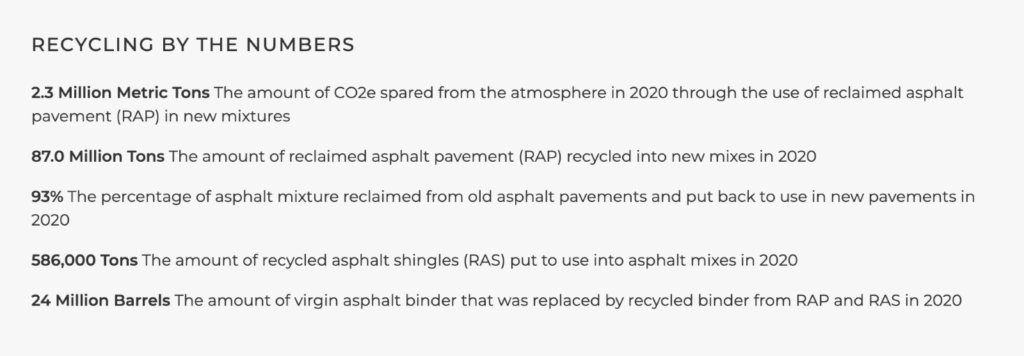
As leaders for our nation’s infrastructure, road managers have an opportunity to directly address key environmental challenges such as climate change and the health impacts from waste. Increased investment in recyclability efforts for our communities’ infrastructure will not only reduce costs, but also reinvest valuable resources in a circular economy.
“In addition to environmental problems, disposing of waste is, quite literally, throwing valuable materials, economic activity, and jobs in the trash. You heard that right: keeping materials out of the trash creates jobs.” 2
The benefits and advantages of reusing asphalt and how it contributes to the circular economy are significant. The recycling process of asphalt pavement saves both money and material. Making it a strong force in the circular economy, asphalt pavement eventually needs to be removed at the end of its life cycle. From there, the asphalt will be sent back to plants to be upcycled and reused for future projects.
“Asphalt pavement itself is the most recycled product in the world. That is just based on the fact that anything that is removed from projects actually gets used back at the plant.”
Megan Yount, a pavement materials engineer at The Heritage Group
Decision makers for infrastructure projects and initiatives have an exciting opportunity to proactively make sustainable changes in their own communities. In the context of good pavement engineering and management of infrastructure projects, it’s possible to evaluate every resource available in ensuring the most sustainable outcomes. Evaluating how to impact not only the processes and lifecycles, but also the systems that we draw from and interact with can influence many of the decisions that we will make far into the future.
LEADING THE WAY FOR CIRCULAR ECONOMY
Our organization at The Heritage Group has made it a top priority to go beyond recycling to embrace the circular economy. The circular economy is a system that ultimately eliminates waste by using and re-using materials continuously. A broad approach to creating real solutions, this initiative works to keep materials in continuous use by designing waste out of the system entirely. That way, materials become a resource and valuable feedstock to make new products.
“Circularity is fundamental to what we do. Whether it’s recycling asphalt back into roads or recycling batteries, this idea of leaving the world in a better place than you found it is who we ultimately are.”
Amy Schumacher, CEO of The Heritage Group
At a recent conference on the topic, Schumacher introduced Indiana Governor Eric Holcomb, who described why now is the time to translate its manufacturing growth into advances in the circular economy.
“We have to make sure that, as we’re ushering in these new industries, not only do we have to maximize our resources, but we have to put ourselves in a position that’s sustainable.”
Indiana Governor Eric Holcomb
AMI is committed to changing the standard in the asphalt industry. Our group of companies strive to implement new processes, ideas, services, and products with the goal of creating a more effective solution to your road construction projects. AMI is passionate about providing solutions for the future. Offering a superior salvage value, asphalt’s recyclability, smoothness, and speed of construction save pavement owners on construction and maintenance costs. Its low carbon footprint offers benefits over the pavement’s life cycle. AMI specializes in a variety of recycling applications, and each method offers solutions for different types of road projects.
AMICYCLE: PORTFOLIO OF RECYCLING APPLICATIONS AT AMI

A core strength of Asphalt Materials, Inc. (AMI) is the formulation, manufacturing, and research & development of asphalt binders and emulsions. Our Asphalt companies supply high-quality products and services around the United States, allowing AMI to excel in pavement preservation techniques and construction services.1
Since 1980, our in-house R&D laboratory, the Heritage Research Group, has helped our industry, customers and partners address and tackle our industry’s biggest challenges. Today, our labs provide innovative products, processes, and training to create longer lasting, safer roads. We constantly seek new and inventive solutions by working closely with our customers and partners.
Cold-in-Place Recycling (CIR) is a cost effective and sustainable method of constructing a recycled asphalt-bound layer that reduces trucking and construction time and saves natural resources. The process removes cracks and other pavement distresses. CIR is a rehabilitation technique where pavement is milled, crushed, and mixed in place with a stabilizing emulsion or foamed asphalt and then placed with conventional paving equipment. Roads should be evaluated beforehand for suitability for the CIR process.
Products:
• CIR
• CCIR
Full Depth Reclamation (FDR) is a cost effective and sustainable rehabilitation technique that combines the entire bituminous pavement thickness and a predetermined portion of the underlying aggregate material into a flexible, homogenous stabilized base layer utilizing an asphalt emulsion to provide mixture cohesion and water resistance. FDR is a solution for rehabilitating roads that have poor structure. The FDR is typically followed with an overlay of hot mix asphalt.
Products:
• FDR
• CFDR
Cold Central Plant Recycling (CCPR) is a modern, yet time tested, engineered approach that has proven itself to enable agencies and owners to get more projects done within the same or many times, reduced budget dollars without sacrificing structural integrity. Aggregate and asphalt resources are not infinite, and our current conventional remove and replace approach to our construction projects is unsustainable and not always budget friendly. CCPR Engineered Emulsion process saves you as much as 40% over conventional methods.
• CCPR is a reconstruction process that can improve the structure and profile of your new pavements.
• CCPR gives you a structural coefficient of up to 0.35 per inch.
• CCPR has been used to widen existing roadways prior to overlay.
• CCPR is an environmentally friendly process.
• CCPR process has been used successfully on urban, rural and state routes.
• CCPR process has been approved by various state DOT’s, including Ohio.
• CCPR requires a wearing surface of HMA, Cold Mix, or Chip Seal/Cape Seal.
SUMMARY:
Asphalt pavements deliver the performance that agencies, designers, owners, and drivers demand. A solution for the entire transportation network, asphalt is a completely recyclable material that delivers a safe, smooth, quick-to-construct pavement optimized for costs, community, and environment. Asphalt roads are proven solutions that work for your budget, community, and future. Paving with asphalt delivers immediate benefits today, while looking out for tomorrow.
By highlighting the positive economic impacts, recycling of asphalt has become a critical tool for road authorities to meet sustainability initiatives. If you are passionate about solutions that help cities, counties, and communities achieve environmental compliance, increase efficiency, and save money – we stand with you and are ready to support. Reach out to our team today to talk about your road project and what sustainable options you can consider by recycling asphalt.
J-Band® CCAP® and T-BOND® are registered trademarks of Asphalt Materials, Inc.
AMIBIND™, AMIBOND™, AMICYCLE™, AMIGUARD™, and AMISEAL™ are filed and pending trademarks of Asphalt Materials, Inc.
RESOURCES:
1 https://asphalt-materials.com/products/
2 https://www.asphaltpavement.org/expertise/sustainability/sustainability-resources
3 https://www.circularindiana.org/post/what-is-a-circular-economy
4 To watch the interview of Megan Yount on WISH-TV, click the link below: https://www.wishtv.com/news/indiana-news/gov-holcomb-plugs-sustainability-investments-amid-new-jobs-report/?utm_medium=social&utm_source=facebook_WISH-TV&fbclid=IwAR2r6Crh67PJKK9BfXHC4k2uu-djcVcwIoiuCuSlpgpZGE_GX06x1VHRP%20rFg
5 To stay linked on this subject of circular economy in the state of Indiana, subscribe to the Circular Indiana Blog at: https://www.circularindiana.org/post/what-is-a-circular-economy
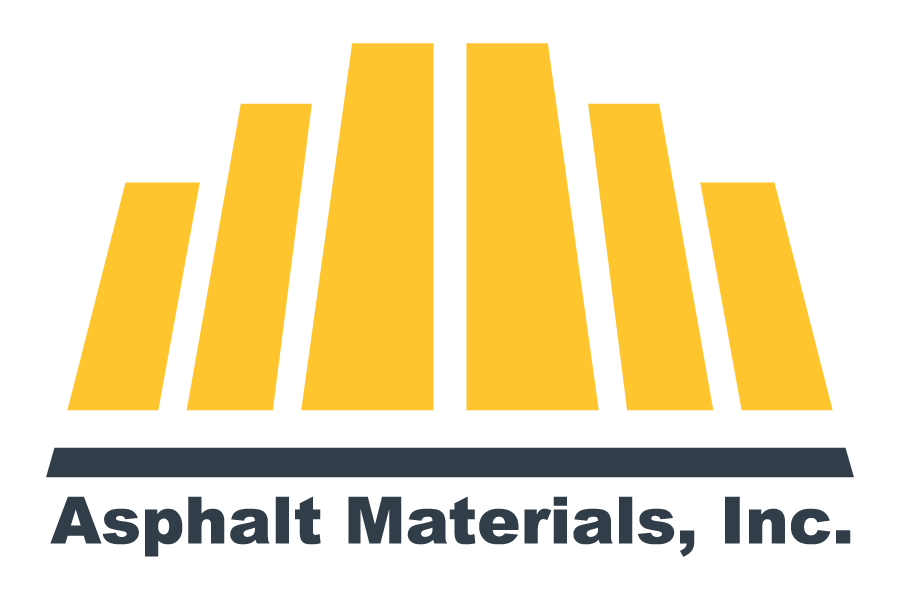
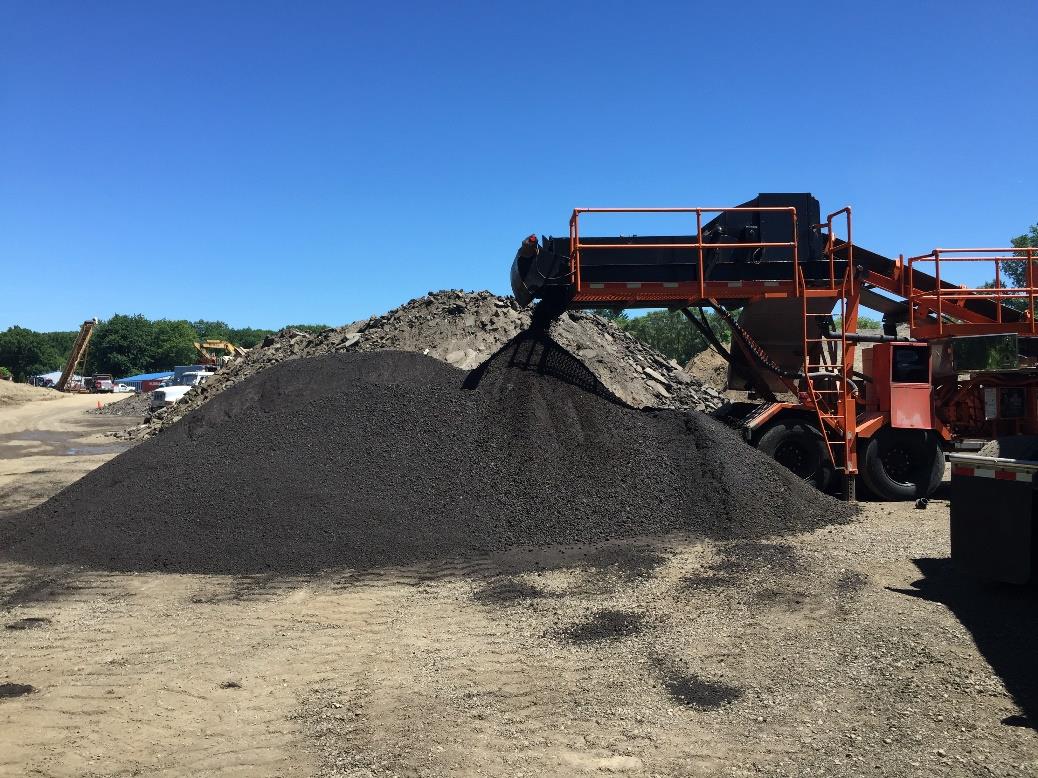


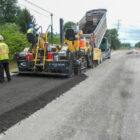

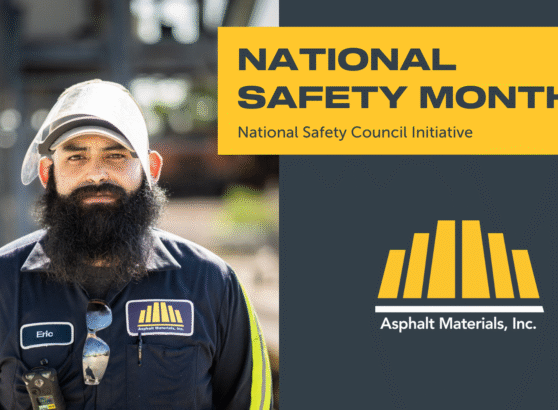
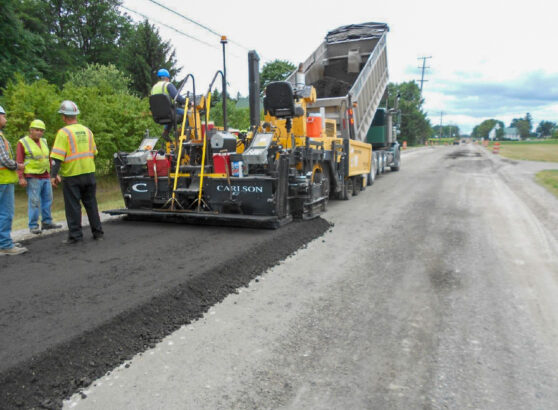

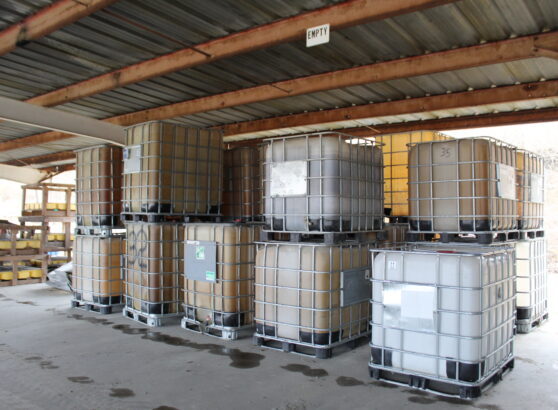


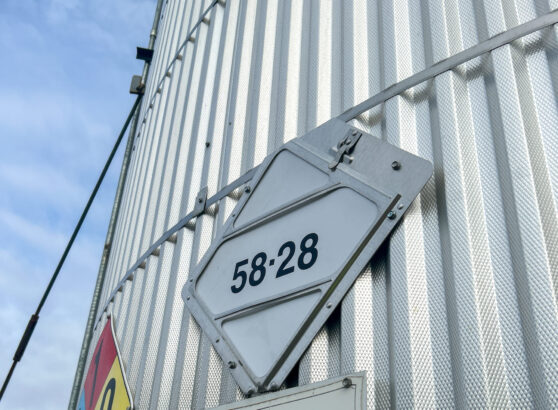



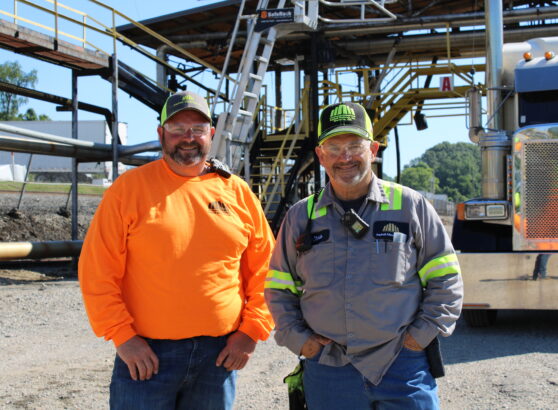

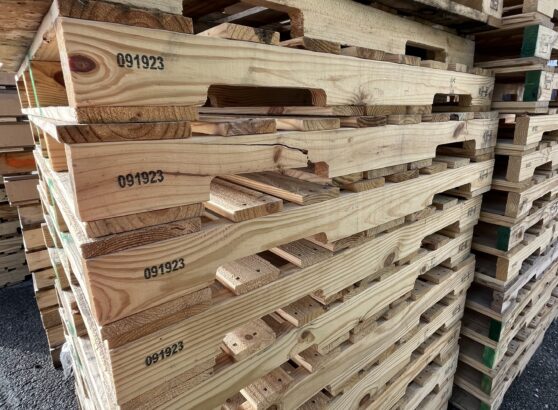
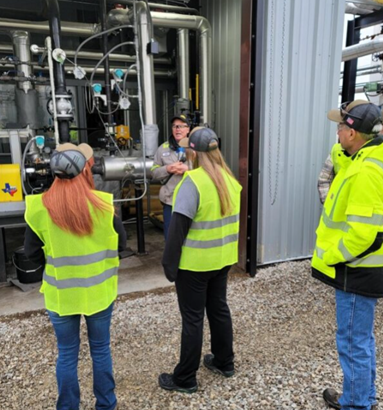









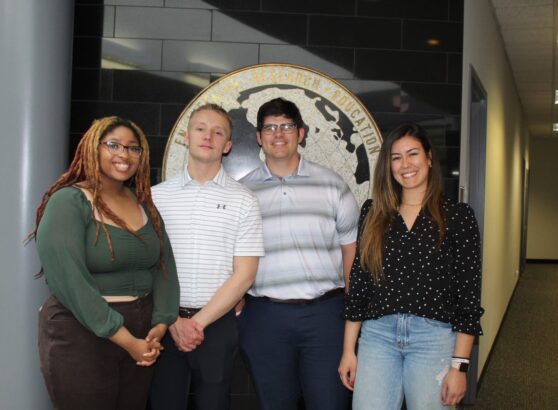



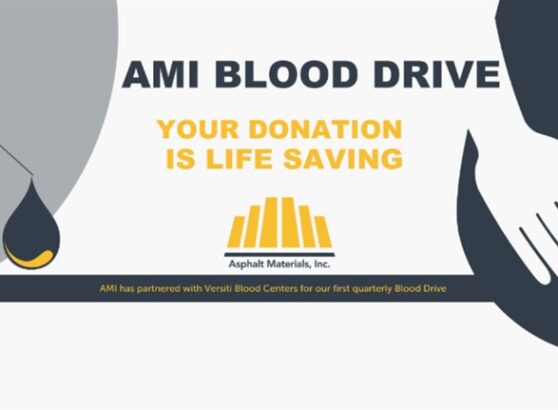


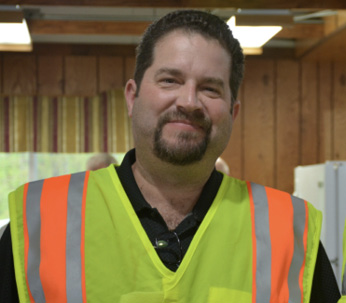







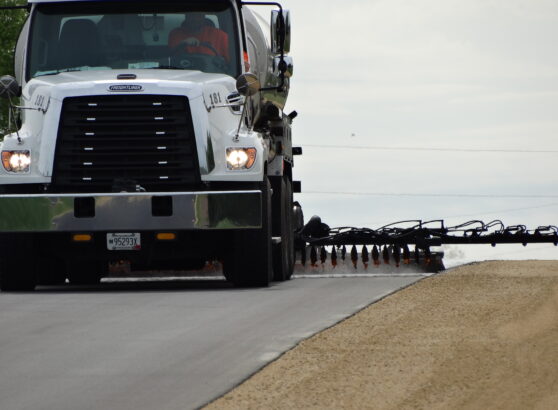

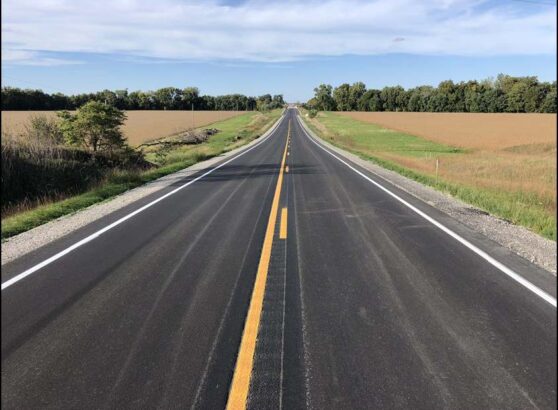




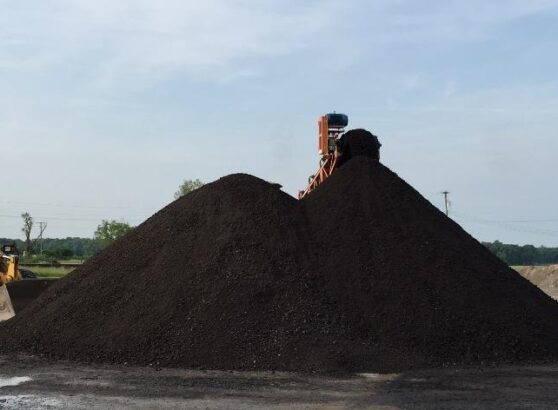

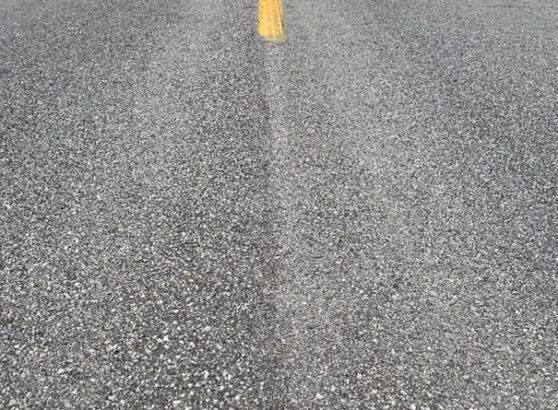


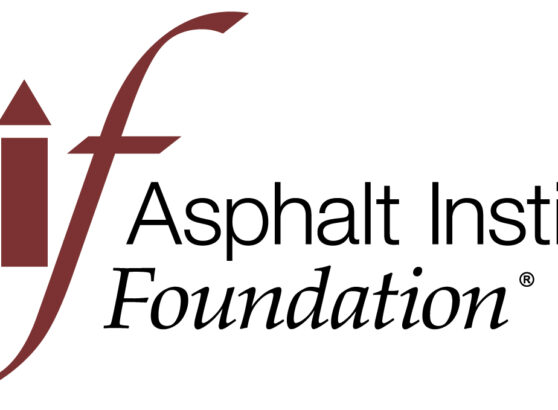




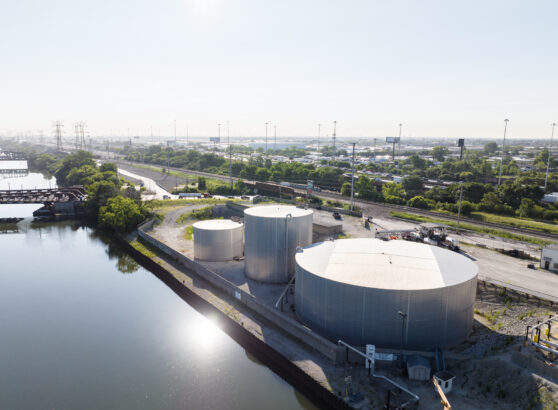




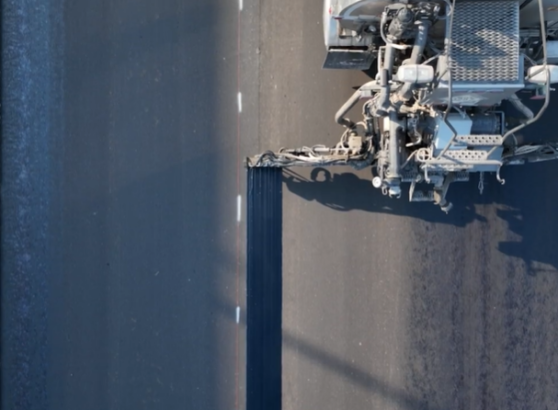


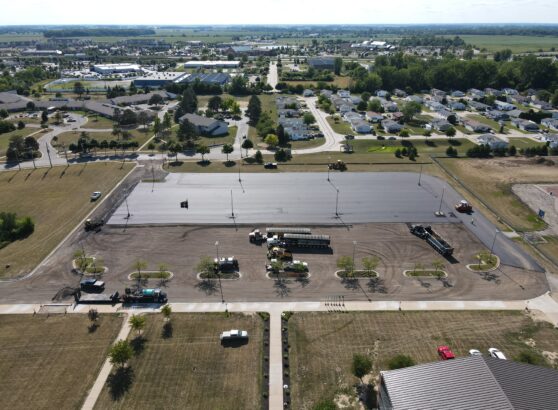







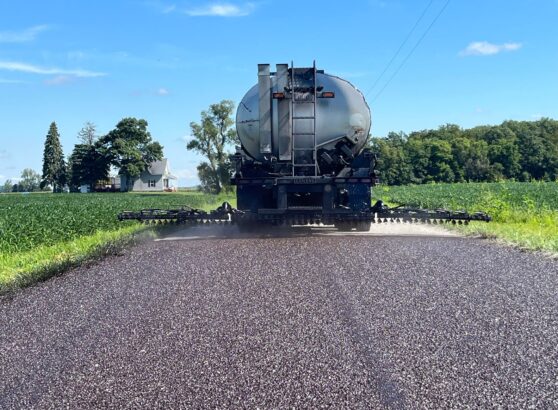



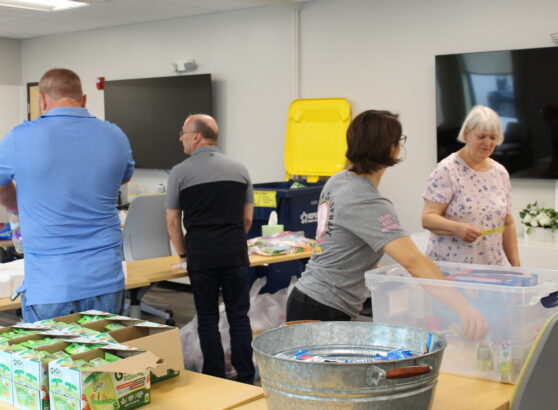
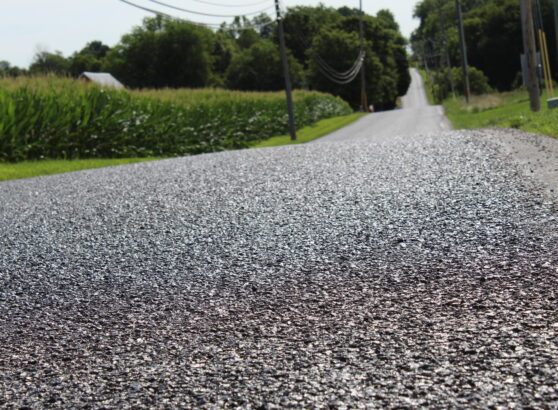



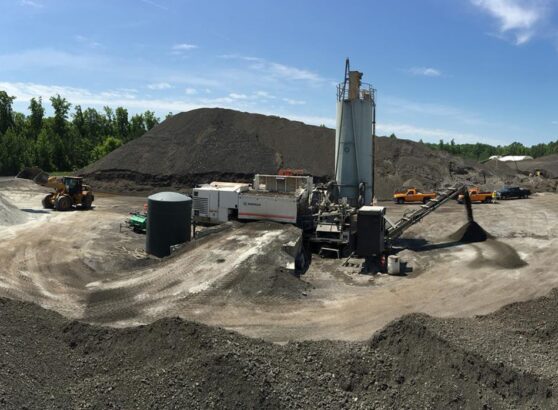






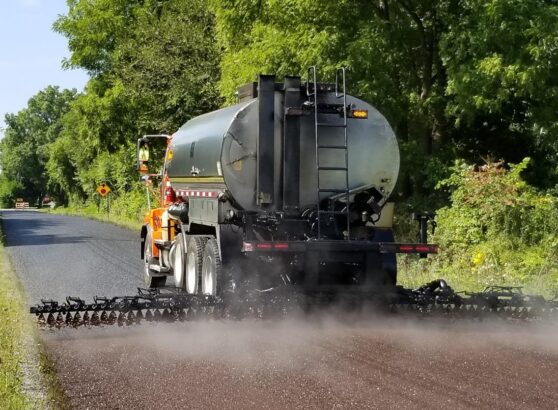

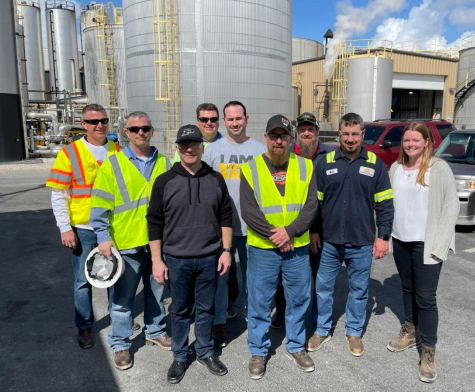























Recent Comments